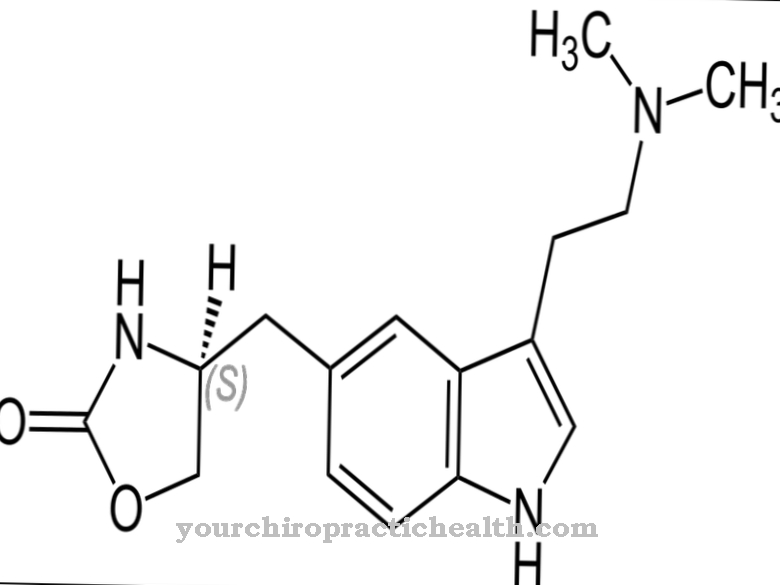Thiabendazole is an active ingredient with a wide range of uses. It belongs to the benzimidazole group of active ingredients and is used both as a fungicide and as an anthelmintic (worming agent).
What is thiabendazole?

Thiabendazole comes as a white, odorless and tasteless powder. It is readily soluble in water and sparingly in alcohol. Its basic chemical structure is derived from benzimidazole. Benzimidazole is produced by fusing benzene with imidazole and is used as a starting material for the synthesis of benzimidazole derivatives.
Thiabendazole is a derivative of benzimidazole. It used to be on the list of food additives because it was used as a preservative for treating the peel of citrus fruits and bananas to prevent mold.
However, it had to be removed from this list and listed as a fungicide, although its use in this regard has not changed. In pharmacology, thiabendazole is used as a worming agent to combat worm infestation.
Pharmacological effect
Information on the pharmacological effects on the human body is partly contradictory. According to the Federal Institute for Consumer Health Protection and Veterinary Medicine, the toxicity of Thiabendazole low.
A carcinogenic effect was found in animal experiments. In humans, however, there should be no evidence of carcinogenic, mutagenic or toxic effects for reproduction. In any case, thiabendazole is rapidly absorbed when ingested and is completely metabolized within 24 hours, the degradation products being excreted in the urine.
It owes its effect as an anti-worm agent and fungicide to the disruption of cell growth through its interaction with the microtubules of the cells, although the exact mechanism of action is not yet fully understood. The two different areas of application should also be noted. Thiabendazole is used as a fungicide in agriculture. Here it acts as a systemic fungicide for the plant, preventive and curative. Systemic means that thiabendazole is transported everywhere via the water transport system of the plants and thereby unfolds its fungicidal effect everywhere in the overall system.
Thiabendazole can both prevent fungal growth and kill existing fungi. In the human or animal organism, however, thiabendazole is not used as an antimycotic (killing fungi).
Medical application & use
In medicine and veterinary medicine is used Thiabendazole mainly used as an anthelmintic (worming agent). Strongyloidiasis is an important area of application. Strongyloidiasis is an infestation with the dwarf threadworms Strongyloides stercoralis.
The course of the disease can be very dramatic. The larvae of the parasite can reach the lungs through the human skin via the bloodstream. From there they travel via the trachea into the pharynx and then enter the intestine by swallowing. In addition to chronic bronchitis, digestive problems are manifested.
The severity of the disease is also dependent on the strength of the immune system. The manifest disease can be treated well with thiabendazole. Furthermore, thiabendazole is used for infestation with roundworms (nematodes), such as trichinosis, toxocariasis in dogs and cats or other worm diseases. The action of thiabendazole against worms is based on the inhibition of the polymerization of the tubulin of the parasites.
In addition, thiabendazole has an influence on the T cells of the immune system. The consequences of killing the parasites and the resulting immune reactions make constant follow-up examinations necessary. The healing success can be documented through blood and stool tests.
Risks & side effects
Thiabendazole is quickly broken down in the body. Therefore, there is a great chance that long-term effects of its use will not occur. The Federal Institute for Consumer Health Protection and Veterinary Medicine therefore assumes that the toxicity of thiabendazole is low.
However, this statement contradicts studies that show it has a carcinogenic potential. However, the use of high doses can lead to stunted growth, infertility and kidney damage. A final assessment of the toxicity of thiabendazole is not yet possible based on current knowledge.
In some cases, however, acute side effects could be observed when using it, such as nausea, dizziness and fatigue. In rare cases, neurotoxic effects such as depression, anxiety, drowsiness, double vision or even psychotic reactions have occurred.
























.jpg)



